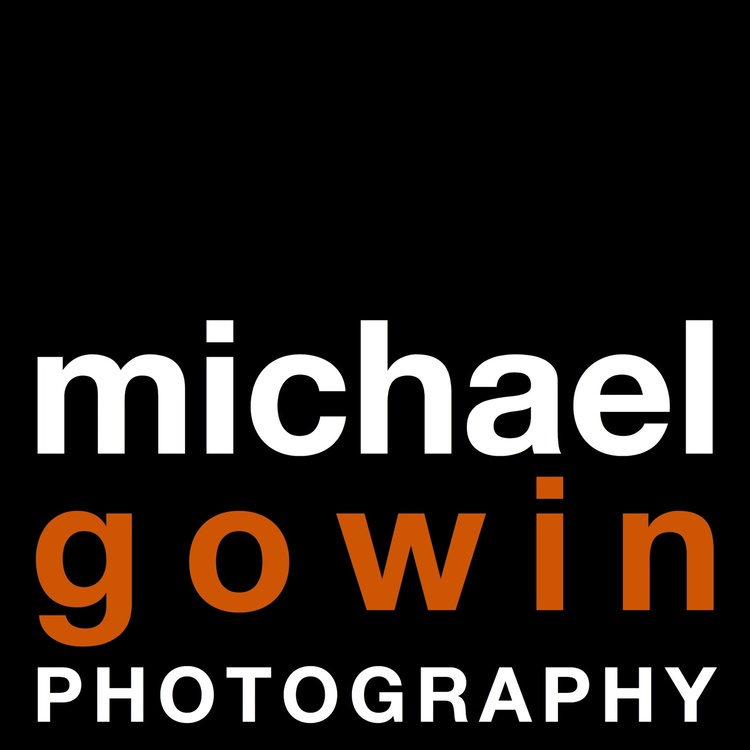A couple weeks ago I posted the video below. I wanted to compare the differences between the kinds of photographs that many people use for business portraits (AKA headshots) and social media profile images. Lots of folks simply take self-portraits (you may know them as "selfies") with their cell phones or ask a friend to do the same. Or maybe they or a friend have a nice camera, so they'll use that. Others hire a photographer to make their portrait.
In this post, I want to take you behind the scenes and talk about each of the images and why I chose to present them the way I did.
Let's start with the selfies.
Karisa - "selfie" with iPhone 5
Hannah - "selfie" with iPhone 5
The selfie makes for a common profile picture: it's quick, easy, and free. A lot of selfies are taken in bathroom mirrors and the driver's seats of cars. Many show cluttered backgrounds--which is one of the things you're trying to avoid in a business portrait.
For the three types of photos Hannah and Karisa made of themselves, I gave them the advantage of photographing against a white background. A plain, neutral colored wall would serve the same purpose. They also used the incandescent ceiling lights as the source of illumination since most self-made photographs will be made with whatever light is available.
Next, Karisa and Hannah took one another's photographs with the cell phone.
Karisa - taken with iPhone 5
Hannah - taken with iPhone 5
Not much difference between the two images. The camera on the back of the phone has a higher resolution sensor than the camera on the front (the "selfie" camera), but the lighting is still the same so there's little improvement.
We moved on to the Really Nice Camera.
Karisa - taken with Panasonic GH3 and Lumix 12-35mm f/2.8 lens
Hannah - taken with Panasonic GH3 and Lumix 12-35mm f/2.8 lens
For these couple of images, I let the girls use one of my cameras, the Panasonic GH3 with the Lumix 12-35 f/2.8 lens. This camera/lens combination currently runs about $2,000. Conventional wisdom suggests that if you have a "really nice camera," you should be able to take a really nice picture, right?
Again, however, the results really don't look much different. A business portrait or headshot is usually made with a short telephoto lens, an equivalent focal length of 85mm or longer. This lens has an equivalent focal length of 24-70mm, a common mid-range zoom. So why did I give the girls this lens? This is what most people would have if they own a Canon or Nikon DSLR. And, interestingly, the girls made the picture at the wide end (24mm) of the lens--not a flattering look for a portrait.
Just because you own a hammer doesn't mean you can build a house. I do and I can't.
And the light is still lousy. Not their fault; it's what they had to work with.
Lastly, let's look at the professional pictures.
Karisa - photographed by Michael Gowin with Panasonic GH3, Olympus 45mm f/1.8 lens, and Alzo Digital Pan-L-Lite
Hannah - photographed by Michael Gowin with Panasonic GH3, Olympus 45mm f/1.8 lens, and Alzo Digital Pan-L-Lite
Starting around 2:56 in the video, you'll see that I take over. I have a light set up (because good photographs are made in good light) and I start by showing Karisa where I'll want her to sit. Then I use a light meter to measure the light and set a proper exposure on the camera. Before I begin photographing Karisa, I explain what I'm going to do, letting her know I'll be photographing her from the head and shoulders. I take a few test shots, check exposure again, then start.
By using my hand and tilting my head, I give her direction and talk her through how I want her to position her body and head as well as change expression. We pause to chat and laugh--I want her to feel relaxed because she'll photograph better if she's relaxed. When I feel like we've got some good frames, Karisa steps out, Hannah takes a seat, and we repeat the process.
The color of my photographs is much more natural/accurate because they've been properly white balanced. The cell phone and the automatic white balance in the camera on the third round of pictures don't do well with incandescent light. I also used a short telephoto lens--90mm--for my portraits. It's the lens I use on almost every business portrait session in the studio.
So that's what we did and how we did it. Which one would you choose for your profile photo?
Questions? Feel free to ask in the comments below.
Learn more about what's involved in a business portrait session, including my recommendations for preparing for your session and an exclusive behind-the-scenes looks with Bloomington, Illinois, businesswoman Andrea Flairty.








